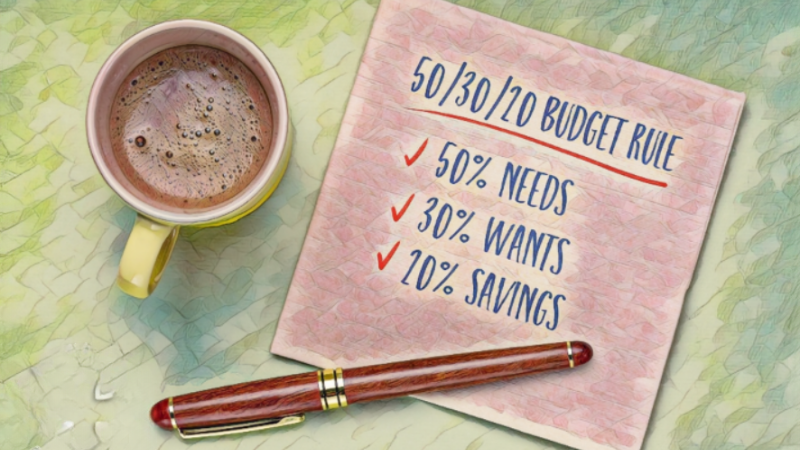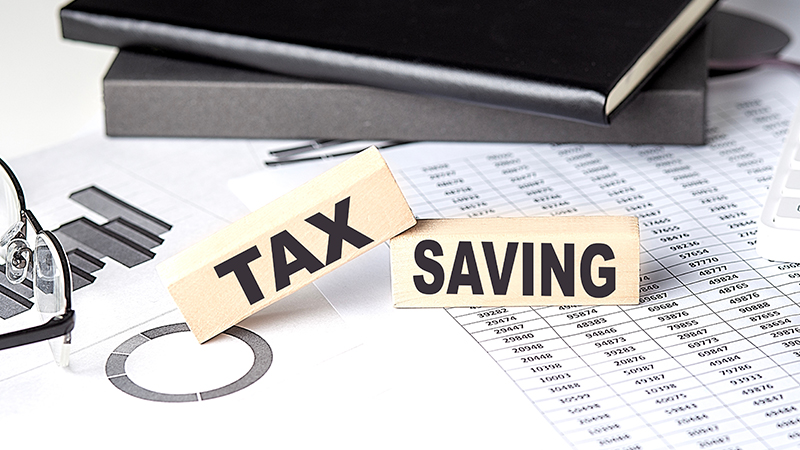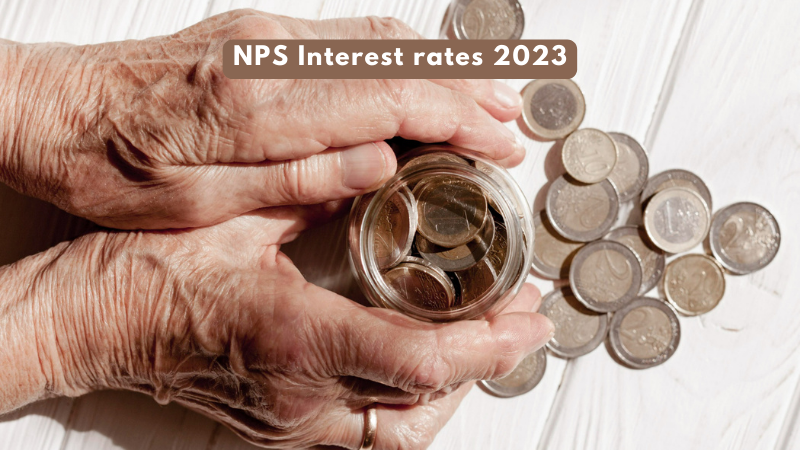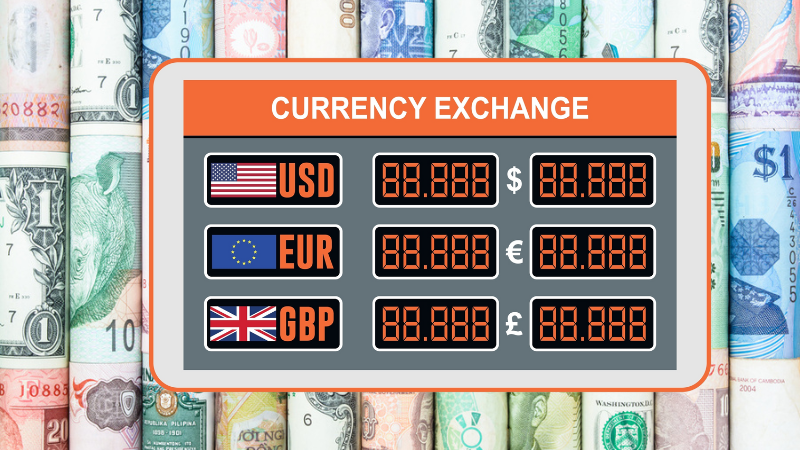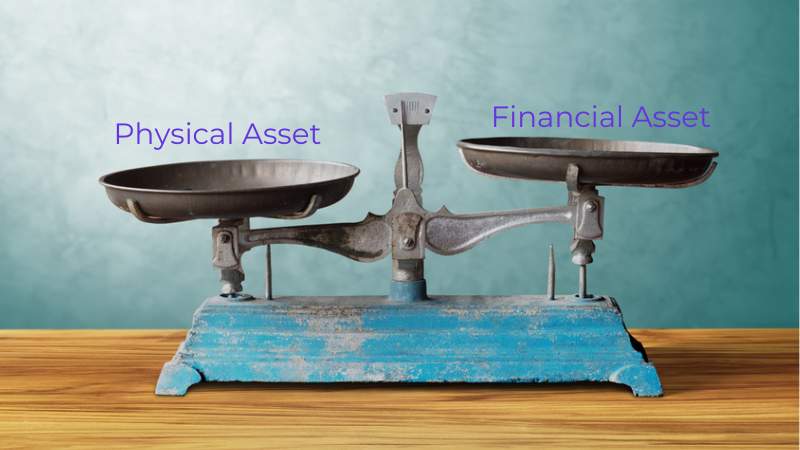
The awareness regarding investments has quite increased today. Every individual today knows the importance of investing in quality assets, and that too, from a very early age. This ensures sufficient wealth creation to meet the various financial goals of varied tenures. However, when we talk about investing in assets, there are essentially two ways to go, namely, physical assets and financial assets. So how do you choose which is a better way to go and why?
Read on to get your answers to the burning question – where to invest -Physical or financial assets?
Read More: Sovereign Gold Bond vs Physical Gold-Which to buy?
What are physical assets?
Let us begin with the most traditional and the most common form of assets to invest in, the physical assets or the tangible assets. These are your traditional assets like a house property, gold, vehicles, land and building, commodities, machinery, equipment, tools, etc. These assets usually have a higher cost of purchase or investment and can also be depreciated over their useful life as per agreed terms or regulations in its regards. These assets may not be as readily liquidated as financial assets and may also yield reduced returns in case of being obsolete or due to general wear and tear.
Some of the pros and cons of investing in physical assets are tabled below.
| Pros of investing in physical assets | Cons of investing in physical assets |
| Investing in physical assets allows for portfolio diversification, reducing overall risk by spreading investments across different asset classes. | Physical assets can be challenging to sell quickly, especially during economic downturns or when there’s low demand, leading to potential liquidity issues. Moreover, they cannot be sold in part or fractions further enhancing liquidity concerns. |
| Certain physical assets, like real estate and precious metals, can act as a hedge against inflation, preserving wealth during periods of rising prices. | Many physical assets require substantial upfront capital, making it difficult for small investors to enter the market. |
| Some physical assets, like rental properties, can generate regular income through rents, providing a steady cash flow. | Owning physical assets often comes with maintenance costs, which can eat into the overall return on investment. For example, real estate requires upkeep and repairs. |
| Owning physical assets can have emotional benefits, such as the pride of homeownership or the allure of owning precious metals like gold. | Physical assets can be vulnerable to theft, damage, or natural disasters, necessitating security measures and insurance costs. |
What are financial assets?
Now let us come to the other broad category of assets which is the financial assets. These assets can also be referred to as paper assets as they do not have any physical or tangible existence except the deed of paper or the certificate mentioning their value, ownership, and the nature of the asset.
The value of these assets may not always be the same as mentioned on such deed or certificate and is subject to change due to market forces like demand and supply, macro and microeconomic factors, and others. Financial assets are the dynamic form of assets and some examples of the same include stocks, bonds, mutual funds, Gold ETFs, goodwill, patents, FDs, Recurring Deposits, etc.
Some of the pros and cons of investing in financial assets are tabled below.
| Pros of investing in financial assets | Cons of investing in financial assets |
| Financial assets such as stocks bonds, etc. are generally more liquid than physical assets, allowing for quick and easy buying and selling in the market. | Financial markets can experience significant fluctuations and volatility, which may lead to sudden and substantial declines in the value of investments. |
| Financial markets offer a wide range of asset classes, allowing investors to diversify their portfolios easily and spread risk across various investments. | Some financial assets, like derivatives and exotic instruments, can be complex and challenging to understand, posing risks for inexperienced investors. |
| Investing in financial assets is often more accessible to a broader range of investors, including those with limited capital, as many investment vehicles have low entry barriers. | Investors in financial assets have limited control over the underlying assets or companies compared to owning physical assets directly. |
| Financial assets are usually highly divisible, enabling investors to buy and sell in smaller increments, providing more flexibility in managing their investments. | Financial markets are susceptible to manipulation and insider trading, which can negatively impact small investors. |
Factors to consider while investing in physical or financial assets
Now that we have seen the meaning as well as the pros and cons of investing in physical and financial assets, the question still remains the same, where should we invest? To understand the answer to this question, let us consider the following factors and understand the nature of physical and financial assets in response to each for better decision-making.
Risk : Investing in physical assets carries risks of loss, theft, damage, and depreciation, including the threat of natural disasters. Financial assets entail credit, default, and liquidity risks. Diversifying between both classes reduces overall risk and improves returns.
Return: The returns from physical assets can be more predictable but limited as well while financial assets have the potential for higher returns being dynamic in nature and having a variety of sources for returns like the shares, bonds, mutual funds, FDs, etc. that can cater to investors with varied risk and return perceptions.
Investment Tenure: The investment tenure for physical assets is usually long-term to gain substantial gains. On the other hand, financial assets can have flexible investment tenure depending on the nature of the asset as well as the investment horizon of the investor.
Liquidity: Financial assets are considered to be more liquid as compared to physical assets, hence, investors preferring to have liquidity in investments should opt for a higher degree of financial assets in their portfolio.
Taxation: The gains made from sale of both physical and financial assets are subject to tax. Investment in certain types of assets can get you exemptions.
Capital required to invest: The investment capital required for investing in physical assets is quite higher as compared to financial assets which can deter some investors from investing in them. Financial assets are a good option in such cases as the capital investment required is quite flexible and can be increased or decreased based on individual preferences.
Asset management and transparency:Financial assets come with the additional benefit of professional management by competent personnel like fund managers, wealth managers, etc. The downside in such cases may be the loss of control or limited control of the investor. However, investors get maximum transparency with respect to the valuation of the asset and the real-time price movements in the case of financial assets which are usually not available in physical assets.
Conclusion
The choice between physical assets and financial assets cannot be as simple or mutually exclusive in creating a successful investment portfolio. After studying the pros and cons of each asset class and the factors that can affect investment decisions, it is important to understand individual preferences and create a healthy investment portfolio that is a good mix of the two and meets the needs of wealth creation in the long term as well as meeting all the financial goals.
FAQs
The biggest disadvantage of investing in physical assets is the high cost of investment as compared to financial assets.
The dividends received from stocks are taxable in the hands of taxpayers at their applicable slab rates. The short-term capital gains from the sale of equities are taxed at a flat rate of 15% whereas long-term capital gains after the initial exemption of up to Rs. 1,00,000 are taxed at 10% without the benefit of indexation.
Financial assets have a higher degree of liquidity as compared to physical assets.
In society, especially in India, owning physical assets can have emotional benefits, such as the pride of homeownership or the allure of owning precious metals like gold, silver, and precious stones.















